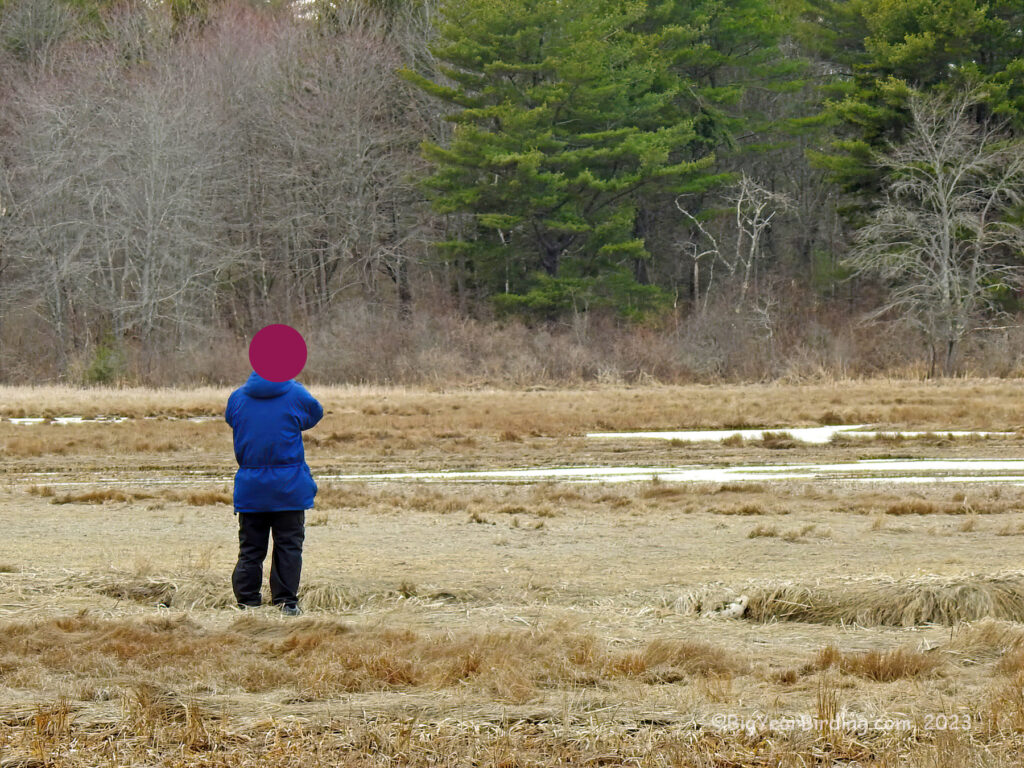 Much is made of friction between hunters and birders but in actuality it is generally a positive relationship. Hunters work for the same access and preservation of green space (marshes, forests and grasslands) that birders do.
Much is made of friction between hunters and birders but in actuality it is generally a positive relationship. Hunters work for the same access and preservation of green space (marshes, forests and grasslands) that birders do.
A popular Birding podcast, sponsored by the American Birding Association (ABA), does annual stories on the issuing of the Bird Hunting and Conservation Stamp. Note the words “Hunting AND Conservation”

At a popular diverse habitat spot near us, a group of hunters often train hunting dogs. The group is always kind to us, pointing out what birds they have seen during their visit. As a bonus, their training birds (Pheasants, Bobwhites and Chukars) have a habit of escaping and we occasionally see these bird living in the wild months, even years later.
The big friction is birders and photographers. Photographers alway want to GET TOO DAMN CLOSE!!!!!
Birders take photos (as you can see by BigYearBirding.com), but we take photos to document our sightings.
Behavior around Owls is the worst: we’ve seen photographers walk right up to Snowy Owls to get their perfect shot . . . stressing the bird out and making it relocate over and over and over again . . . using up precious energy and body fat.

Yesterday, I found a first of the year Little Blue Heron far out in a salt marsh in Cape Elizabeth, Maine. I found it with my binoculars, observed it with my spotting scope and photographed it with my telephoto lens. Not a great photo . . . but it documented the sighting. I then dutifully reported it on eBird. I never left the pavement at the side of the road. I doubt the bird even knew I was there and the environmentally sensitive salt marsh was left intact.
After Ingrid got out of school in the late afternoon, she went over to see if the Little Blue Heron was still there . . . and she found it and photographed it from the side of the road.
She also observed an idiot photographer . . . walking out into the marsh . . . scaring the birds and damaging the wetland . . . all to get a closer photograph.

Sigh
